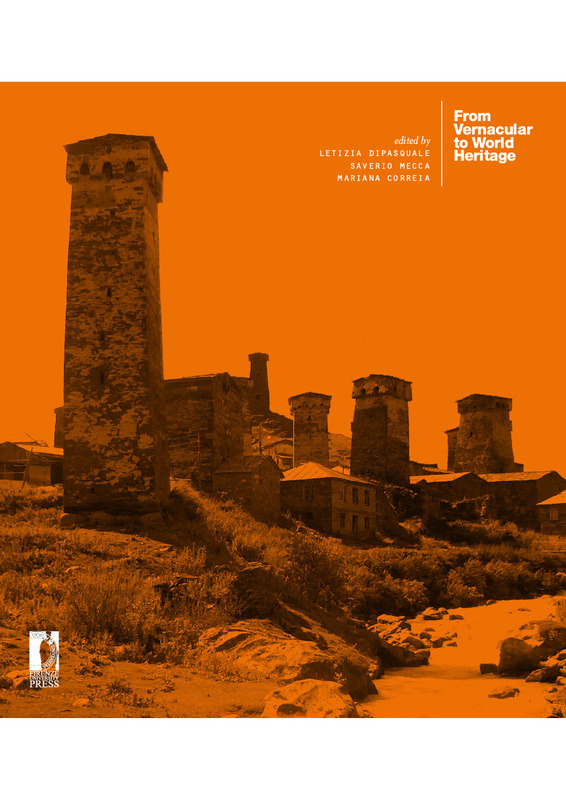JavaScript is disabled for your browser. Some features of this site may not work without it.
Buscar en RiuNet
Listar
Mi cuenta
Estadísticas
Ayuda RiuNet
Admin. UPV
Understanding the dimension of historical evolution
Mostrar el registro completo del ítem
Vegas López-Manzanares, F.; Mileto, C.; Diodato, M.; Songel Gonzalez, JM. (2021). Understanding the dimension of historical evolution. En From Vernacular to World Heritage. Firenze University Press. 44-51. https://doi.org/10.36253/978-88-5518-293-5
Por favor, use este identificador para citar o enlazar este ítem: http://hdl.handle.net/10251/201099
Ficheros en el ítem
Metadatos del ítem
| Título: | Understanding the dimension of historical evolution | |
| Autor: | Diodato, Maria | |
| Entidad UPV: |
|
|
| Fecha difusión: |
|
|
| Resumen: |
[ES] Los asentamientos históricos son como palimpsestos que, en muchos sentidos, se han estratificado a lo largo de los siglos en términos urbanísticos, arquitectónicos y constructivos. El aspecto actual de un determinado ...[+]
[EN] Historic settlements are like palimpsests that, in many ways, have become stratified over centuries
in urban, architectural and constructive terms. The current appearance of a given historic centre or
vernacular ...[+]
|
|
| Palabras clave: |
|
|
| Derechos de uso: | Reconocimiento - No comercial - Compartir igual (by-nc-sa) | |
| ISBN: |
|
|
| Fuente: |
|
|
| DOI: |
|
|
| Editorial: |
|
|
| Tipo: |
|









